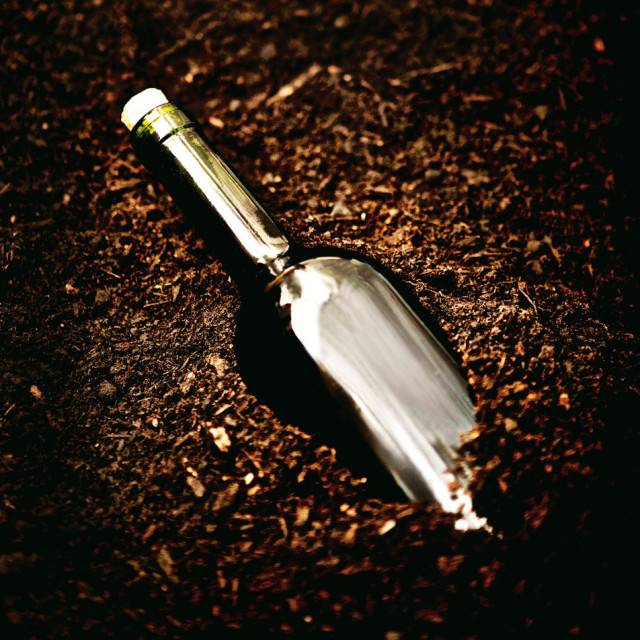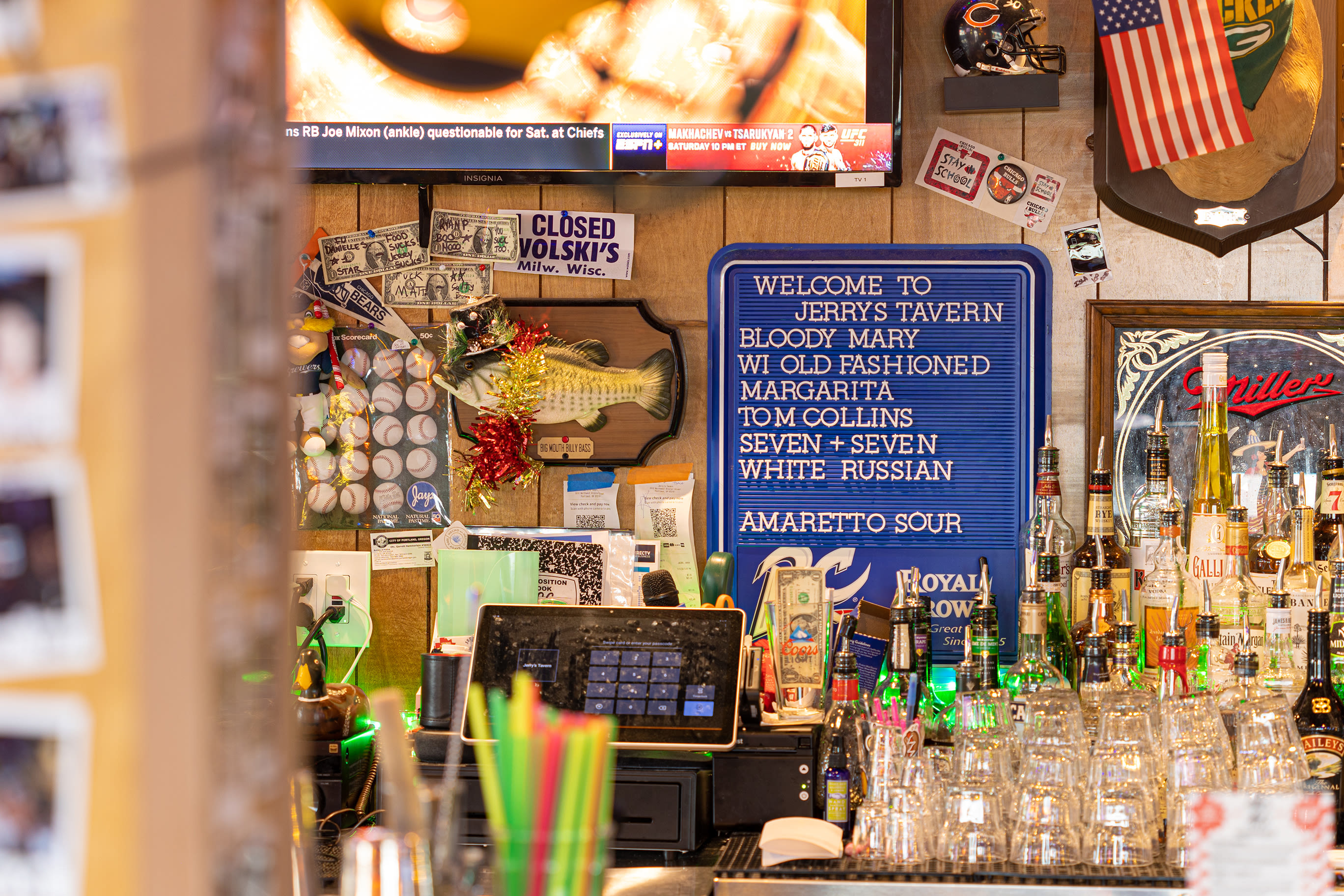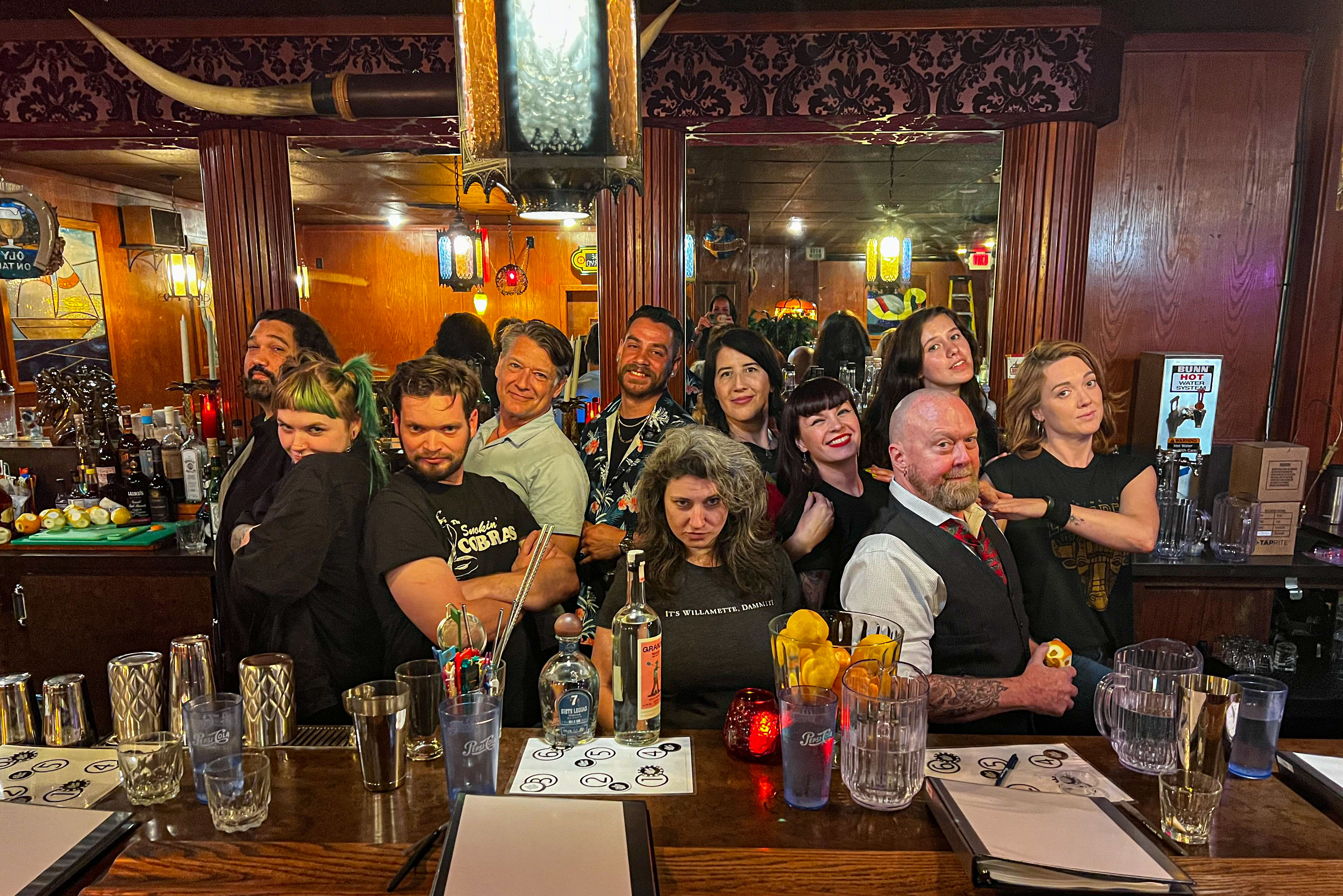Bio Bottlings

Now that big corporations from Kraft Foods to Wal-Mart have realized that the term "organic" carries lucrative consumer cachet, it was only a matter of time before farmers found a way to push their agricultural bona fides one step further. While most companies are just beginning to shuffle through the bureaucracy of organic labeling, a growing number of growers are pioneering the newest (and in many ways, the oldest) farming frontier: biodynamics. And with dung-filled cow horns and hefty compost piles as their tools, winemakers are fast becoming the movement’s biggest champions.
But don’t worry: You won’t taste any such "tools" in the wine, at least not directly. At its core, biodynamics—a farming technique that has its roots in a series of lectures delivered by Austrian philosopher and educator Rudolf Steiner in 1924—is a kind of agricultural homeopathy. Highly diluted mixtures of natural ingredients, which range from chamomile tea to year-old manure, are applied to a vineyard’s soils in order to stimulate the growth of beneficial worms, frogs and tiny microbes, which biodynamic farmers believe are essential for the regeneration of vineyards. Biodynamics differs from organic farming, which shares the primary goal of avoiding the use of chemicals, in that it treats each farm as a self-sustaining organism, often utilizing more unique methods such as consulting moon phases and astrological calendars.
Championed by French winemakers in recent years, the movement has now caught on stateside, with a handful of certified biodynamic producers in Oregon leading the way. Whether you’ll taste any difference in the wine remains to be seen; but if you’re ready to decide for yourself, here are three excellent Oregon biodynamic wines—certified by Demeter, the primary international biodynamic certifying organization—that you should try.




